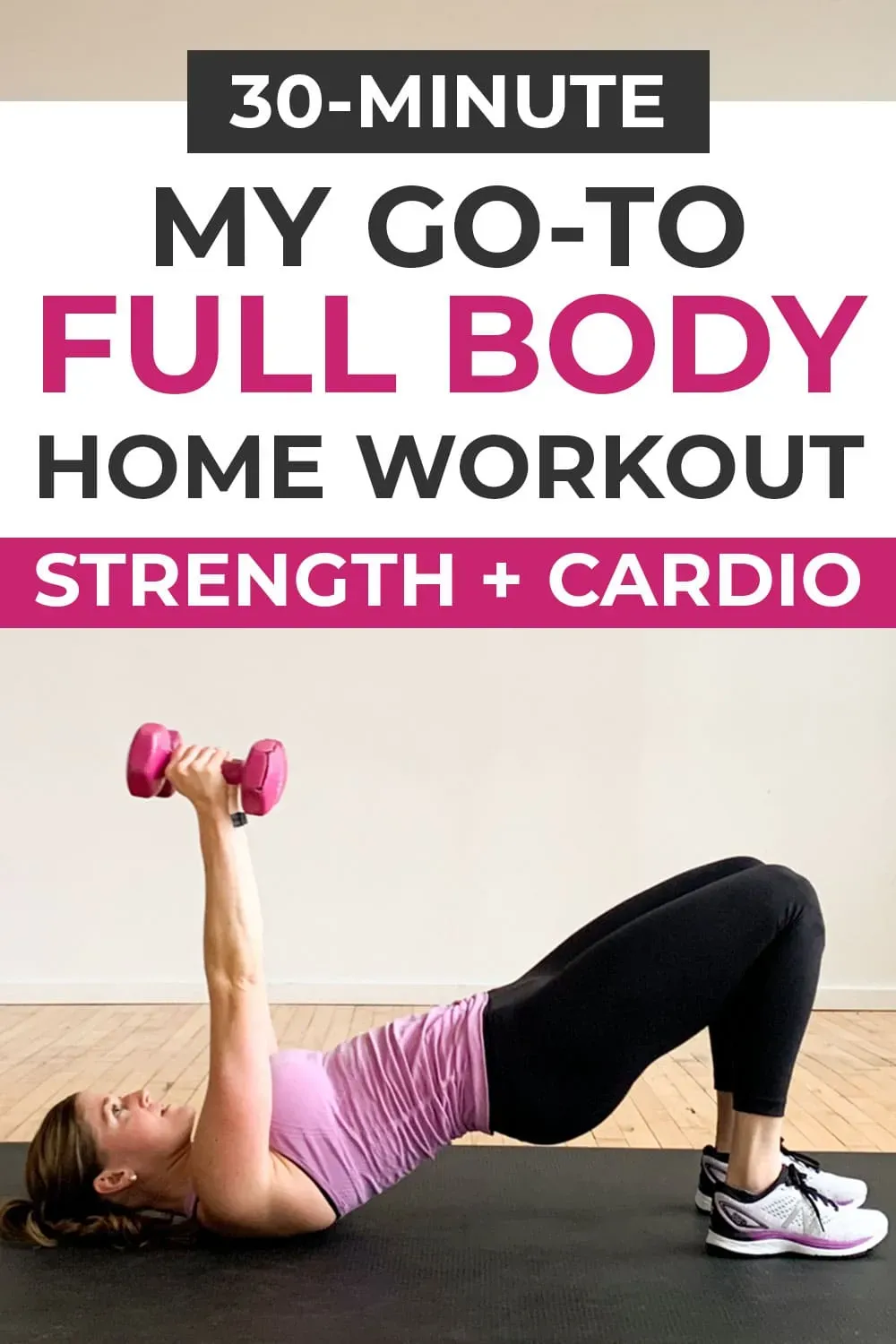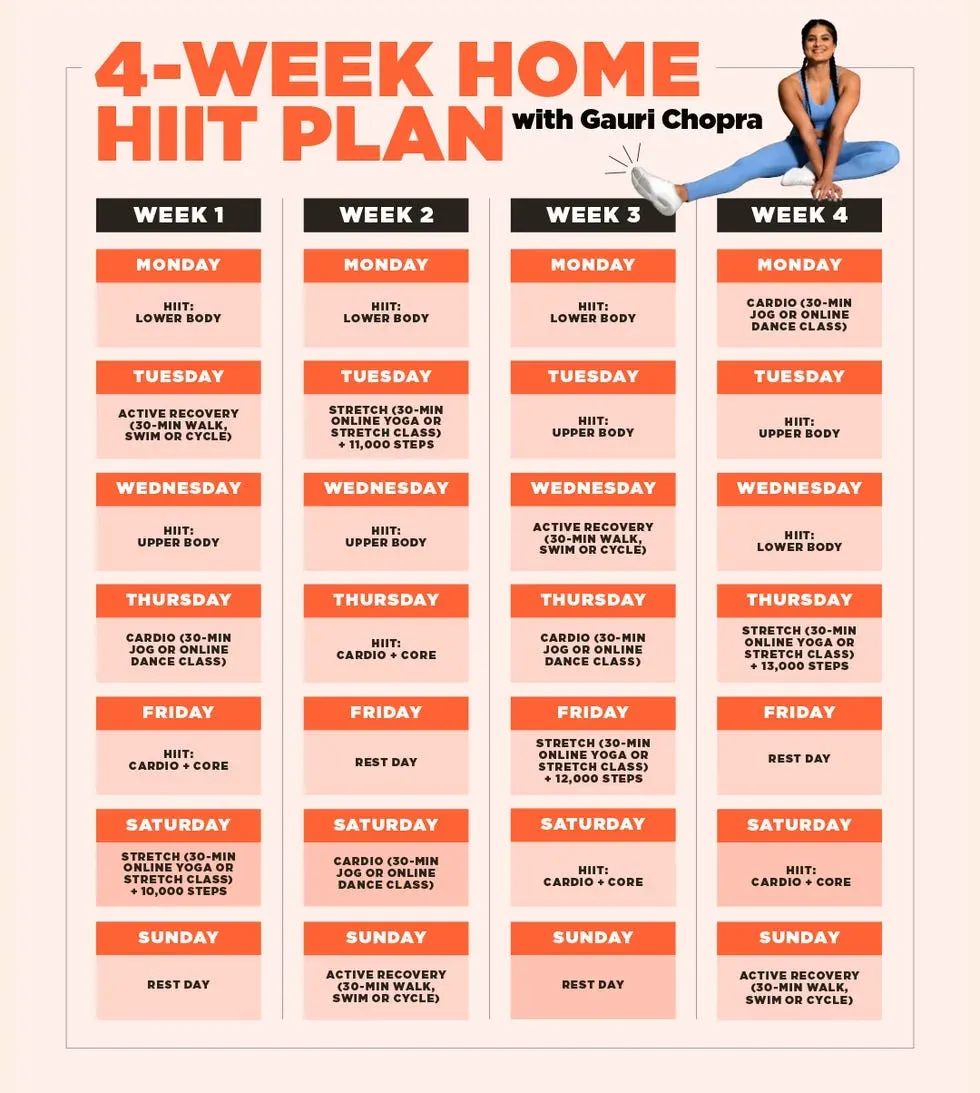Table of Contents
Feeling crunched for time but still want a workout that delivers real results? Juggling life often leaves little room for trekking to the gym. Maybe you've scrolled through endless fitness feeds, wondering if those quick, intense sessions actually work. The good news is, they do, and you don't need fancy equipment or a gym membership to get started. We're talking about High-Intensity Interval Training, or HIIT, specifically designed for the busy woman. If you're searching for effective hiit workouts for women at home, you've landed in the right place.
Why Choose HIIT Workouts for Women at Home?

Why Choose HIIT Workouts for Women at Home?
Time is Always Short, Results Don't Have to Wait
Let's be real: finding time for exercise feels like trying to find a parking spot downtown on a Saturday. Between work, family, errands, and maybe, just maybe, five minutes to yourself, the idea of commuting to a gym, spending an hour there, and commuting back feels like a logistical nightmare. This is precisely why HIIT workouts for women at home cut through the excuses. You can squeeze a seriously effective session into 15-30 minutes. No travel time, no waiting for equipment, just get dressed (or don't, your call) and get it done. It’s maximum impact for minimum time investment, which frankly, feels like winning the lottery sometimes.
Torch Calories and Keep the Fire Going
Beyond just saving time, HIIT is incredibly effective at burning calories. During those intense bursts, your body works overtime. But the magic doesn't stop when you do. HIIT triggers something called the EPOC effect, or Excess Post-exercise Oxygen Consumption. Basically, your body keeps burning calories at a higher rate for hours after you finish your workout as it recovers and restores itself. Think of it as getting paid overtime just for showing up. This metabolic boost is a significant advantage for anyone looking to manage their weight or improve body composition without needing lengthy, steady-state cardio sessions.
So, why bother with the hassle when you can get these perks right where you are?
- Saves precious time
- No commute needed
- Burns calories efficiently during the workout
- Boosts metabolism for hours afterward (EPOC)
- Requires little to no equipment
- Adaptable to small spaces
Accessible Fitness, No Matter Your Starting Point
Maybe the idea of "high-intensity" sounds intimidating, like you need to be a seasoned athlete. That's a common misconception. One of the best things about HIIT workouts for women at home is their adaptability. You control the intensity. Beginners can start with shorter work intervals and longer rest periods, or modify exercises to lower the impact. As you get fitter, you shorten rests, lengthen work periods, or choose more challenging variations. You don't need a squat rack or a treadmill. Bodyweight exercises like squats, push-ups (on your knees if needed), lunges, and jumping jacks form the foundation. This makes it incredibly accessible, whether you're just starting out or looking to push your limits.
Getting Started with HIIT Workouts for Women at Home

Getting Started with HIIT Workouts for Women at Home
Warm-Up First, Jump Second (Seriously)
you're pumped to try these hiit workouts for women at home. Awesome! But hold up a second before you launch into burpees. Skipping the warm-up is like trying to start your car on a freezing morning without letting it run for a minute – things will be creaky and might not end well. A proper warm-up gets your blood flowing, loosens up your muscles, and mentally prepares you for the intensity ahead. It doesn't need to be long, just 5-10 minutes of dynamic movements.
Think arm circles, leg swings, torso twists, light jogging in place, or some gentle bodyweight squats. This isn't the main event, it's the opening act. Getting your body ready significantly reduces the risk of pulling something or feeling stiff later. Trust me, your future self will thank you for not diving straight into high knees with cold muscles.
Listen to Your Body, It Knows Things
When you're just starting out with hiit workouts for women at home, the most crucial rule is to listen to your body. High-intensity doesn't mean pushing through sharp pain. There's a difference between feeling challenged and feeling injured. If an exercise feels wrong, or you feel a twinge that isn't just muscle fatigue, stop or modify it. Maybe jumping jacks feel too high-impact right now? Step them out instead. Can't do a full push-up? Drop to your knees. It's okay! Progress, not perfection, is the goal here.
Pay attention to your breathing and how you feel during the rest intervals. You should be able to recover enough to push hard again in the next work interval. If you're still gasping for air when the next round starts, your work interval was too long or too intense for your current fitness level. Adjust, regroup, and try again. This is *your* workout, tailored to *you*.
Here’s a quick checklist before you hit play or start your timer:
- Clear a safe space.
- Wear comfortable clothes and supportive shoes (optional for some exercises, but good for impact).
- Have water nearby.
- Know the exercises you'll be doing or have them displayed.
- Mentally prepare to push yourself!
Types of HIIT Workouts for Women at Home Explained

Types of HIIT Workouts for Women at Home Explained
Tabata: Short, Sharp, and Brutal (in a Good Way)
so you're sold on the idea of hiit workouts for women at home. But what does a "type" of HIIT even mean? Think of them as different recipes using the same high-intensity ingredients. One popular style is Tabata. It's named after Dr. Izumi Tabata, who studied speed skaters and found this specific protocol was incredibly effective.
The formula is simple, almost deceptively so: 20 seconds of all-out effort, followed by 10 seconds of rest. You repeat this cycle eight times for a total of four minutes. Yes, just four minutes. Sounds easy, right? Try doing burpees or squat jumps with maximum effort for 20 seconds, resting for 10, and repeating. By round five or six, you'll be questioning your life choices. It's short, intense, and gets the job done fast. Perfect for those days when four minutes is all you can spare before the next crisis hits.
EMOM and AMRAP: Structure and Stamina
Moving beyond the quick hit of Tabata, you'll often see EMOM and AMRAP mentioned in the world of hiit workouts for women at home. EMOM stands for "Every Minute On the Minute." You perform a specific exercise or set of exercises at the start of each minute. The rest of that minute is your recovery time. Finish the work quickly, get more rest. Take too long, and your rest shrinks or disappears. It's a great way to build consistency and work capacity over a set period, like 10 or 20 minutes.
AMRAP means "As Many Rounds As Possible" (or "As Many Reps As Possible"). Here, you're given a list of exercises and a set amount of time. Your goal is to complete as many rounds (or reps) of that sequence as you can before the timer runs out. There's no structured rest beyond what you decide to take between rounds. It pushes you to keep moving and tests your endurance under fatigue. These styles offer more flexibility than Tabata and can incorporate a wider variety of movements.
Here's a quick breakdown of these types:
- Tabata: 20 seconds work, 10 seconds rest, 8 rounds (4 minutes total)
- EMOM: Complete a task at the start of each minute, rest for the remainder of the minute.
- AMRAP: Complete as many rounds/reps of a sequence as possible in a set time.
Sprint Intervals: Old School, Still Effective
Before fancy acronyms, there were sprint intervals. This is perhaps the most classic form of HIIT and easily adaptable for hiit workouts for women at home, even without a treadmill. Find some space – your yard, a quiet street, or even just a spot to run in place with high knees. Sprint as hard as you possibly can for a short burst (say, 30 seconds), then walk or jog lightly for a longer recovery period (maybe 60-120 seconds). Repeat this cycle several times.
The key here is that "sprint as hard as you possibly can." It's not a jog; it's an effort where you couldn't possibly go any faster. The longer recovery allows your heart rate to come down significantly before you spike it again. This type of interval training is fantastic for improving speed, power, and cardiovascular fitness. You can do this running, cycling (if you have a stationary bike), or even with high-impact bodyweight moves like fast burpees or mountain climbers.
Sample HIIT Workouts for Women at Home You Can Do Today

Sample HIIT Workouts for Women at Home You Can Do Today
Your First No-Excuses Home HIIT Session
Alright, let's get down to brass tacks. You're ready to try these hiit workouts for women at home, but where do you start? Forget needing a gym's worth of equipment. Your body is the machine. A classic, effective structure for a beginner is a simple circuit. Pick 4-5 exercises that work different muscle groups and don't require moving around too much. Think bodyweight squats, push-ups (use the wall or your knees if needed), lunges, plank, and maybe some jumping jacks or high knees for cardio bursts. Perform each exercise for 30 seconds with maximum effort, followed by 30 seconds of rest. Cycle through all 4-5 exercises, and that's one round. Rest for 60-90 seconds between rounds, then repeat for 3-4 rounds total. You'll be surprised how quickly your heart rate climbs and how much you feel it in just 15-20 minutes.
It's not fancy, but it works. The intensity comes from *your* effort during those 30-second work periods. Push hard, maintain decent form (watch a quick video tutorial if you're unsure), and embrace the breathless feeling. That means it's working.
Here's a simple circuit structure:
- Exercise 1: 30 seconds work
- Rest: 30 seconds
- Exercise 2: 30 seconds work
- Rest: 30 seconds
- Exercise 3: 30 seconds work
- Rest: 30 seconds
- Exercise 4: 30 seconds work
- Rest: 30 seconds
- Exercise 5: 30 seconds work
- Rest: 30 seconds
- Rest between rounds: 60-90 seconds
- Total rounds: 3-4
Adding Intensity and Variety to Your Routine
Once you're comfortable with basic bodyweight movements and that initial circuit feels less like a near-death experience and more like a solid challenge, you can amp things up. This keeps your body adapting and prevents boredom, which is key to sticking with hiit workouts for women at home. You can increase the work interval time (e.g., 40 seconds work, 20 seconds rest), decrease the rest time, or add more complex or plyometric movements like burpees, jump squats, or mountain climbers. If you have a set of dumbbells, even light ones, you can incorporate exercises like thrusters (squat to overhead press), renegade rows (while in a plank), or weighted lunges to add resistance and build strength along with conditioning.
Another way to change things up is by trying one of the structures we discussed earlier, like an EMOM. For example, an EMOM for 12 minutes could be: Minute 1: 10 burpees, Minute 2: 15 squat jumps, Minute 3: 20 mountain climbers (each leg counts as one). Repeat that sequence four times. You perform the reps at the top of the minute and rest until the next minute starts. It forces you to work efficiently if you want any rest. The possibilities are pretty endless once you understand the basic principles of high-intensity work followed by short recovery.
Maximizing Your HIIT Workouts for Women at Home Results
Push Hard When It's Time to Push
you've decided to jump into hiit workouts for women at home. That's step one. Step two is actually getting the most out of them. The "High-Intensity" part isn't just marketing jargon; it's the engine that drives the results. During those work intervals, whether it's 20 seconds or 45, you need to push yourself. This doesn't mean risking injury, but it does mean working at an effort level where talking in full sentences is impossible. You should feel breathless, your muscles should burn, and you should be counting down the seconds until rest. If you're cruising through the work periods feeling comfortable, you're doing it wrong. Think of it like ripping off a band-aid – fast and intense is less painful (and more effective) than slow and drawn out. It's uncomfortable, sure, but that's where the magic happens – boosting that metabolism and building serious fitness fast.
Consistency Trumps Everything Else
You did one killer HIIT session at home. Great! Feel the burn? Good. Now, do it again next week. And the week after. You see where this is going. The most effective way to maximize your hiit workouts for women at home results isn't finding some secret exercise or revolutionary protocol. It's showing up consistently. Two to three HIIT sessions per week is usually a sweet spot – enough to challenge your body and drive adaptation, but not so much that you're constantly sore or risking burnout. Trying to do intense HIIT every single day is a fast track to injury and frustration. Schedule your workouts like appointments you can't miss. Maybe it's Tuesday morning before the kids wake up and Thursday evening after they're in bed. Find what works for your chaotic schedule and stick to it. It's the cumulative effect of showing up week after week that builds lasting fitness.
What does consistency look like in practice?
- Aim for 2-3 HIIT sessions per week.
- Schedule them like important meetings.
- Track your workouts to see progress (even a simple note on your phone).
- Don't skip just because you "don't feel like it" unless you're genuinely unwell.
- Celebrate showing up, not just hitting specific numbers.
Don't Forget the Recovery and Fuel
You've pushed hard, you're consistent, but are you recovering? Intense exercise, especially HIIT, puts stress on your body. It needs time and resources to repair muscle tissue, replenish energy stores, and come back stronger. Skipping rest days is counterproductive. Your body builds fitness *during* recovery, not during the workout itself. Aim for at least one full rest day between HIIT sessions. Also, pay attention to what you're putting into your body. You can't out-exercise a poor diet. Fueling your body with nutritious food, especially protein to help muscle repair and complex carbohydrates for energy, is non-negotiable if you want to see real results from your hiit workouts for women at home. Hydration is key too – sweat happens, replace those fluids.
Making HIIT Work for You, Right Here at Home
So there you have it. Integrating hiit workouts for women at home isn't just a trend; it's a practical, powerful way to prioritize your health and fitness without turning your schedule upside down. We've covered the 'why,' the 'how,' and given you plenty of 'what' to actually do. Remember, consistency beats intensity every time, but with HIIT, you get a healthy dose of both in a short timeframe. Start small, listen to your body, and celebrate the progress, not just the perfection. Your living room is already a gym waiting to happen.
